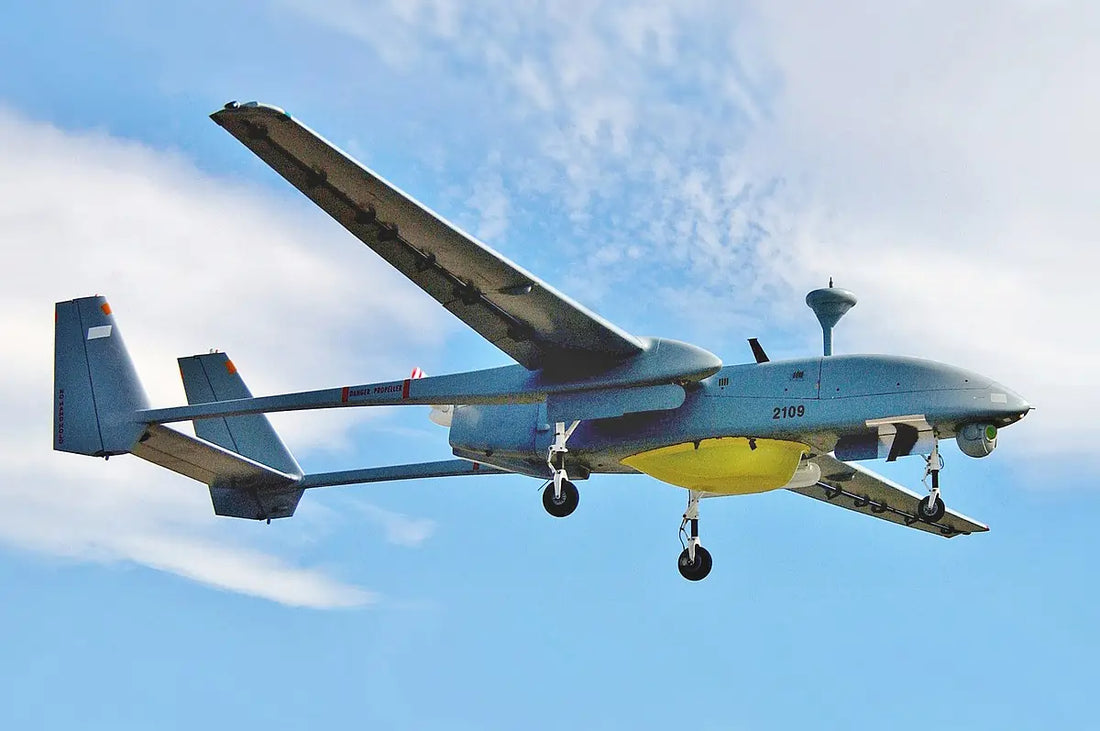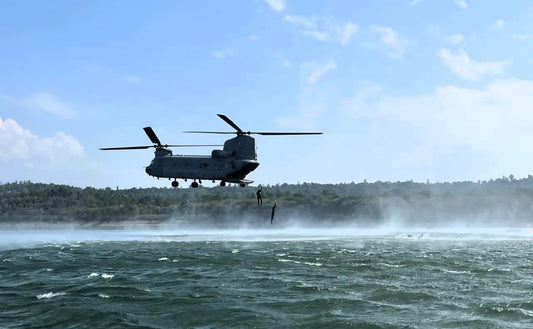India Expands Fleet with Armed Heron Drones Enhanced by Spike Missiles

India is moving forward with plans to increase its fleet of Israeli-origin Heron unmanned aerial vehicles (UAVs) after their successful deployment in Operation Sindoor earlier this year. Previously utilized for intelligence, surveillance, and reconnaissance (ISR) missions against Pakistan, these drones are now being enhanced with offensive capabilities.
The Ministry of Defence is expediting the acquisition of more Heron drones and equipping them with Spike-NLOS (non-line-of-sight) anti-tank guided missiles. This upgrade will transform the Herons from mere surveillance platforms into armed systems capable of executing precision strikes on targets beyond visual range.
Currently, the Indian Army, Navy, and Air Force all operate Heron UAVs along the borders with China and Pakistan, and intelligence agencies use them for specialized monitoring tasks. Their success has also advanced Project Cheetah, which aims to upgrade existing Herons with advanced sensors, electronic intelligence payloads, and strike capabilities.
The Indian Air Force has started incorporating the upgraded Heron Mk2 variant, which features satellite communication (SATCOM) systems, enhancing endurance and range for deep-penetration missions.
Simultaneously, India is working on an indigenous program to procure 87 medium altitude long endurance (MALE) drones through a competitive process involving domestic defense companies such as HAL, Larsen & Toubro, Adani Defence, and Solar Industries. Many of these companies are expected to partner with Israeli manufacturers to speed up production.
The armed forces have identified a long-term need for nearly 400 MALE-class drones over the next 15 years to strengthen persistent ISR coverage and expand unmanned strike capabilities.
This dual approach of acquiring weaponized Herons from Israel while developing indigenous MALE drones represents a significant move in India's push for self-reliance under the Atmanirbhar Bharat initiative, ensuring the country's unmanned warfare capabilities are prepared for future regional challenges.



















